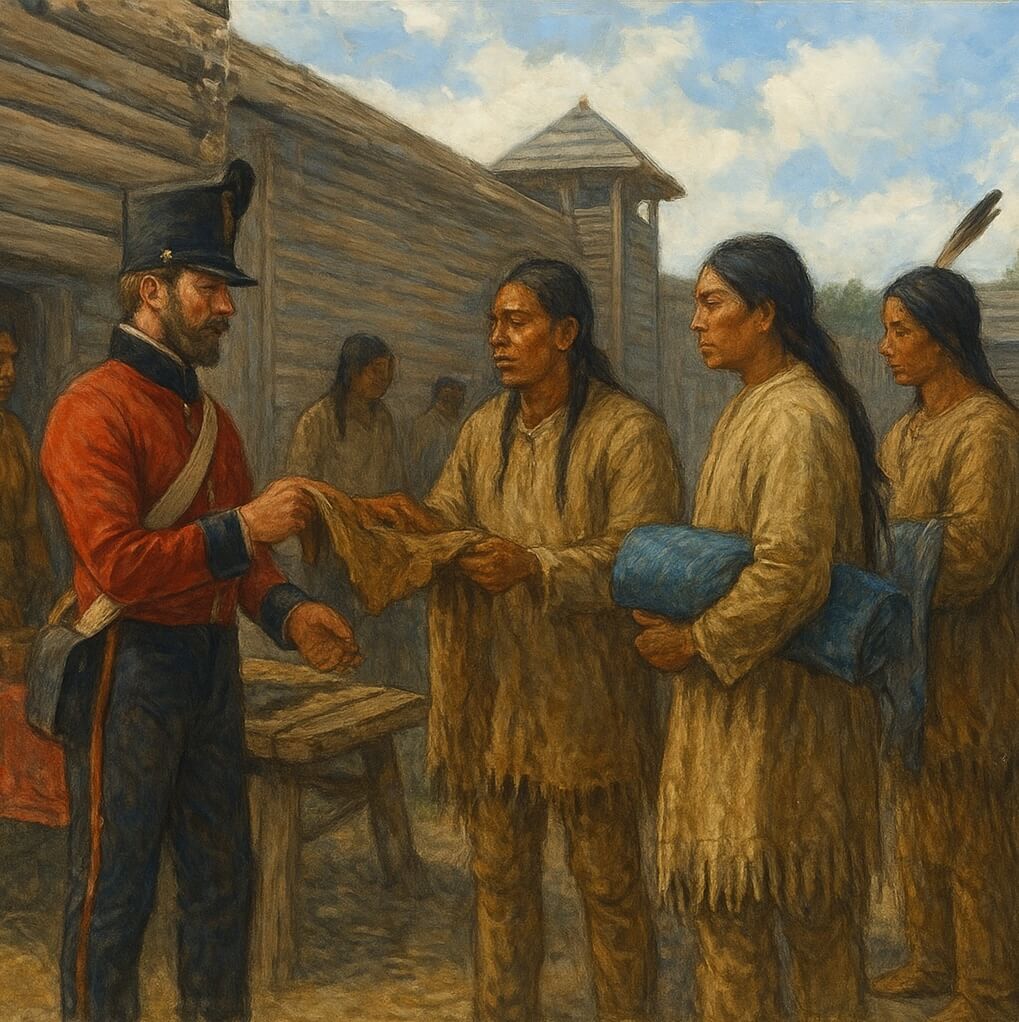Why are men drawn to beautiful wooden boxes? What is about a box, proudly positioned on a desk, or sideboard, that is so appealing to many men? What have these desirable objects been used for over the centuries and who is using them now? Let's take a look....
The writing box epitomizes the social and economic developments of the 18th and 19th centuries. Portable boxes for writing materials had existed for many centuries and in many cultures. However it was not until the last decades of the 18th century that the socio-economic circumstances in England necessitated the wide use of a portable desk in the form of a box which could be used on a table or on one's lap.
Although quality, ornament and form did play an important part in its selection as a personal item, it is the purpose for which it was used which gave prominence to the writing box, at a time of expanding intellectual curiosity, communication, literacy and increased commercial activity. The writing box was an item of style and fashion yes, but it was also an item connected with intelligence, commerce and world awareness.
From the end of the 18th, to the end of the 19th century, the writing box featured prominently on military expeditions, travels, libraries and in drawing rooms. Great literature as well as dispatches, contracts, letters and postcards were written on its sloping surface. Through it, both business and personal activity were transacted. Unlike the writing desk or table it was a personal and not a household possession.
The stylistic development of the writing box in the first part of the 18th century can be traced to portable inkstands, writing sets, oak bible boxes and sloping bible/writing boxes.
The few which were made before 1780 were rectangular and had sloping tops, less steep than the earlier bible boxes. They had side drawers for paper and spaces for containers of ink and sand. Dr Johnson tells us that Alexander Pope (1688-1744) "actually required that his writing box should be set upon his bed before he rose."
However by the last decades of the century writing boxes were necessary in many non-domestic situations and the tops became flat in order to facilitate transportation.
The increased popularity of the writing box by the end of the century can be attributed to two main reasons. The onset of the Napoleonic wars and the popularity of traveling. Officers in the army had their own boxes, using them both for army business and for writing home. Traveling then was altogether a more complex business than it is now.
By the end of the 18th century, apathy and stagnation of thought had caused the education system in England to disintegrate. Schools and universities were establishments of rites of passage for the ruling classes who had hitherto held the wealth and privilege of the land.
At the same time exciting things were happening abroad. News of excavations in Europe and North Africa stimulated the imagination. Books on different subjects became more widely available. Scientific and medical thinking was given a new impetus through alternative educational establishments set up by the progressive thinkers of the time.
Well to do young men found a way of accumulating knowledge by going on the 'grand tour' of Europe. Some came back wiser, some just had a good time. Architects, artists, thinkers took to traveling more seriously and brought back impressions, drawings, objects and sculptures. Their knowledge was disseminated through publications and through professional application.
Men with entrepreneurial leanings went off to India, China and wherever there were trading opportunities, traveling on English ships which were establishing their supremacy on the oceans. The mobility of a substantial section of the population became part of the social ethos.
Both the traveling civilians and the army officers needed compact and strong writing boxes, which could withstand the rough and tumble of strenuous journeys. This gave rise to the most popular type of 18th century writing box, the military style, or campaign box. In look this is similar to the military chest.
Such boxes continued to be made and used well into the 19th century. Oliver Goldsmith in the 18th century, Charles Dickens and Lord Byron later, are some of the intellectuals who possessed sturdy writing boxes.
So, What is in the box? Well, that all depends on you. These days there are fewer of us requiring solid wooden campaign boxes or even writing boxes. It would appear though that men still desire a wooden box (for innumerable reasons), one of which is of course to fulfill a simple desire to have something beautiful that celebrates nature and craftsmanship, in ones possession. Another reason is to simply keep our precious and important things safe and close to hand.
What will you keep in your box? take a look here for inspiration...





